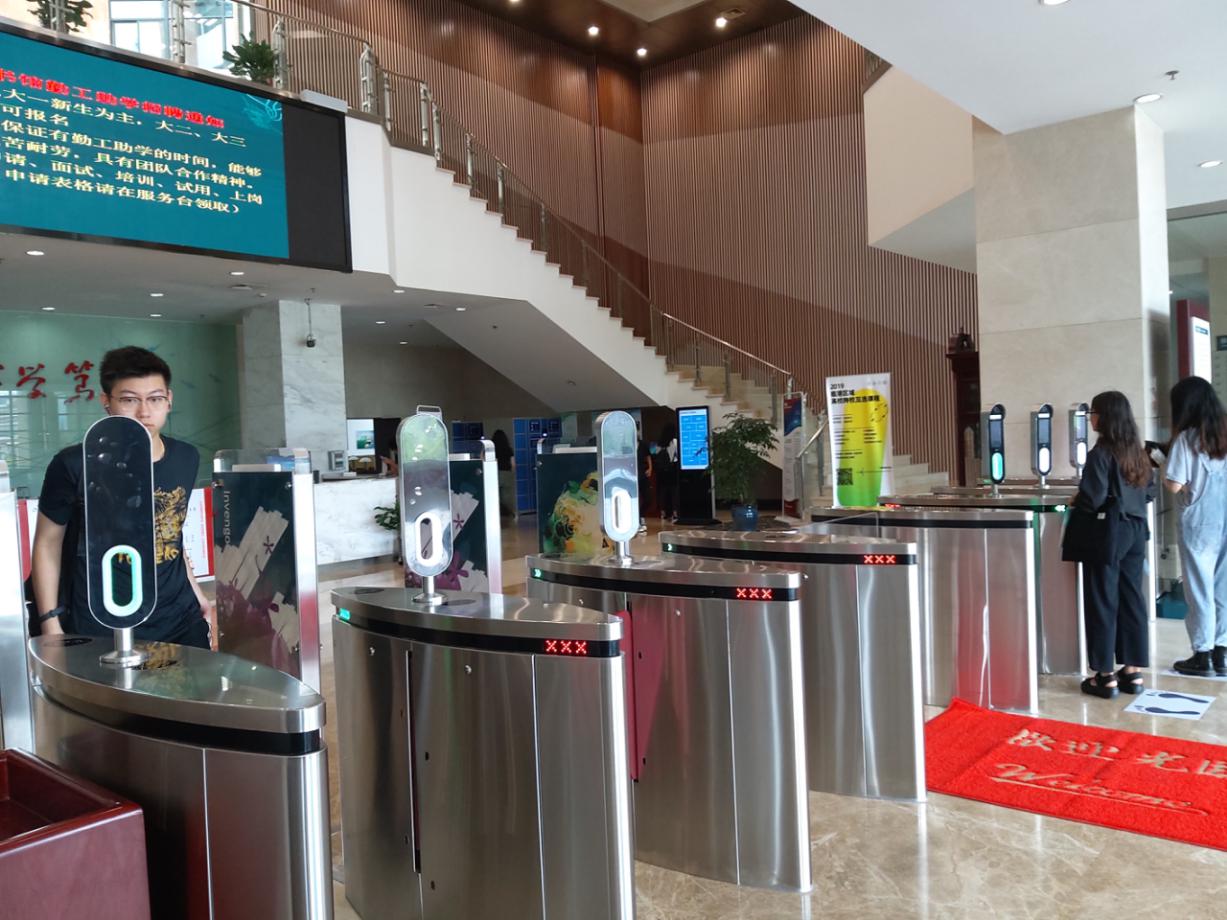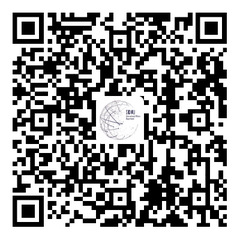By Sofen Hu & Chloe Wang
September 3, 2019

An artificial-intelligence system based on released facial-analysis programs is used to monitor students’ in-class behaviours, according to a new paper. Researchers from SDJU presented their ideas earlier last month on the journal ‘Computer Knowledge and Technology’.
In the researchers’ design, their programs can be employed to discern whether a student is distracted by his/her mobile phone, asleep or diverted into chat with his/her neighbours during the period of instruction.
The investigations raise questions about to which end today’s neural networks, which learn to perform computational tasks by looking for patterns in huge data sets, are utilized. For instance, it could be grimly whimsical of a spectacle of the police using a face-recognition system to secure people’s privacy and freedom while, close at hand, criminals use it to breach them.
What’s really important is that the method of facial recognition applied to the SDJU access control system has been broadly put into use recently, to help detect, track and recognise people who enter through the barriers the campus and mansions like the libraries. The same data-centric technologies that can be drawn on to determine somebody’s biometric information were first used to identify a participant in the National Computer Rank Examination (NCRE) held on the Minhang Campus in as early as March last year.
The new intervention, according to the paper, will hopefully spur more work into enhancing tutorial efficiency and interactive effectiveness. Lu Bin Gan, an undergraduate student at the SDJU School of Electronic and Information Engineering and first author on the new paper, won second prize in the 2019 Lan Qiao Cup, cracked up to be the largest professional computer contest in China, when the work was done.






